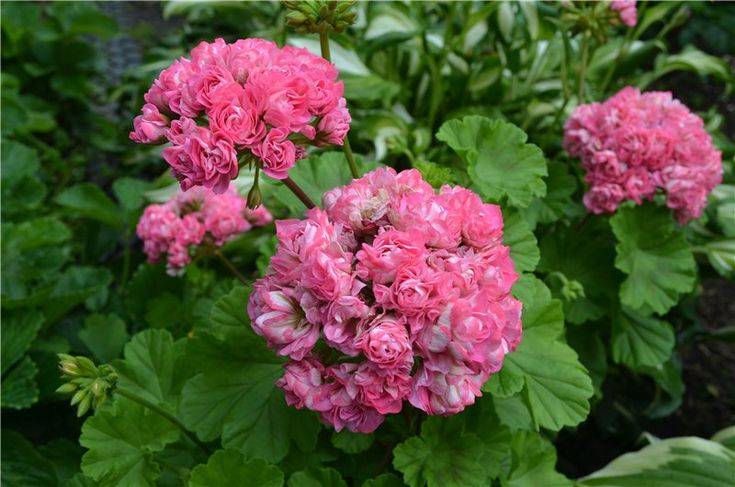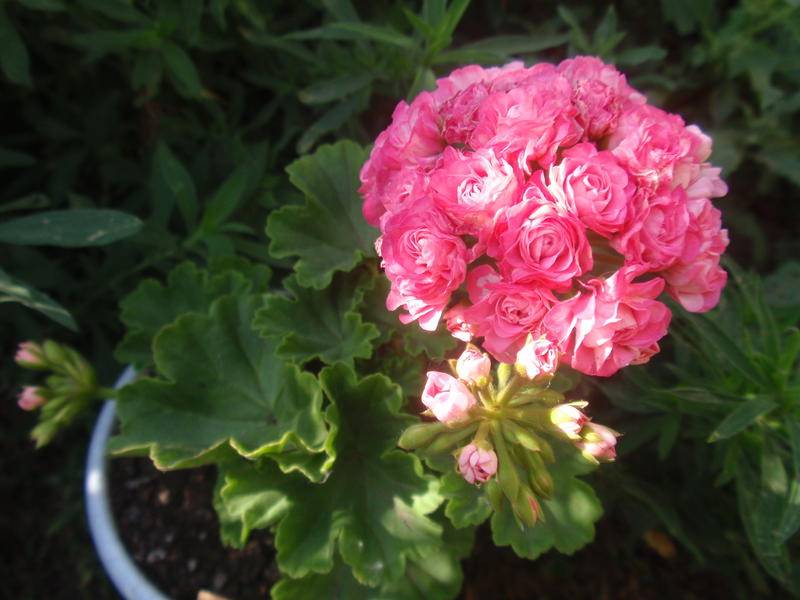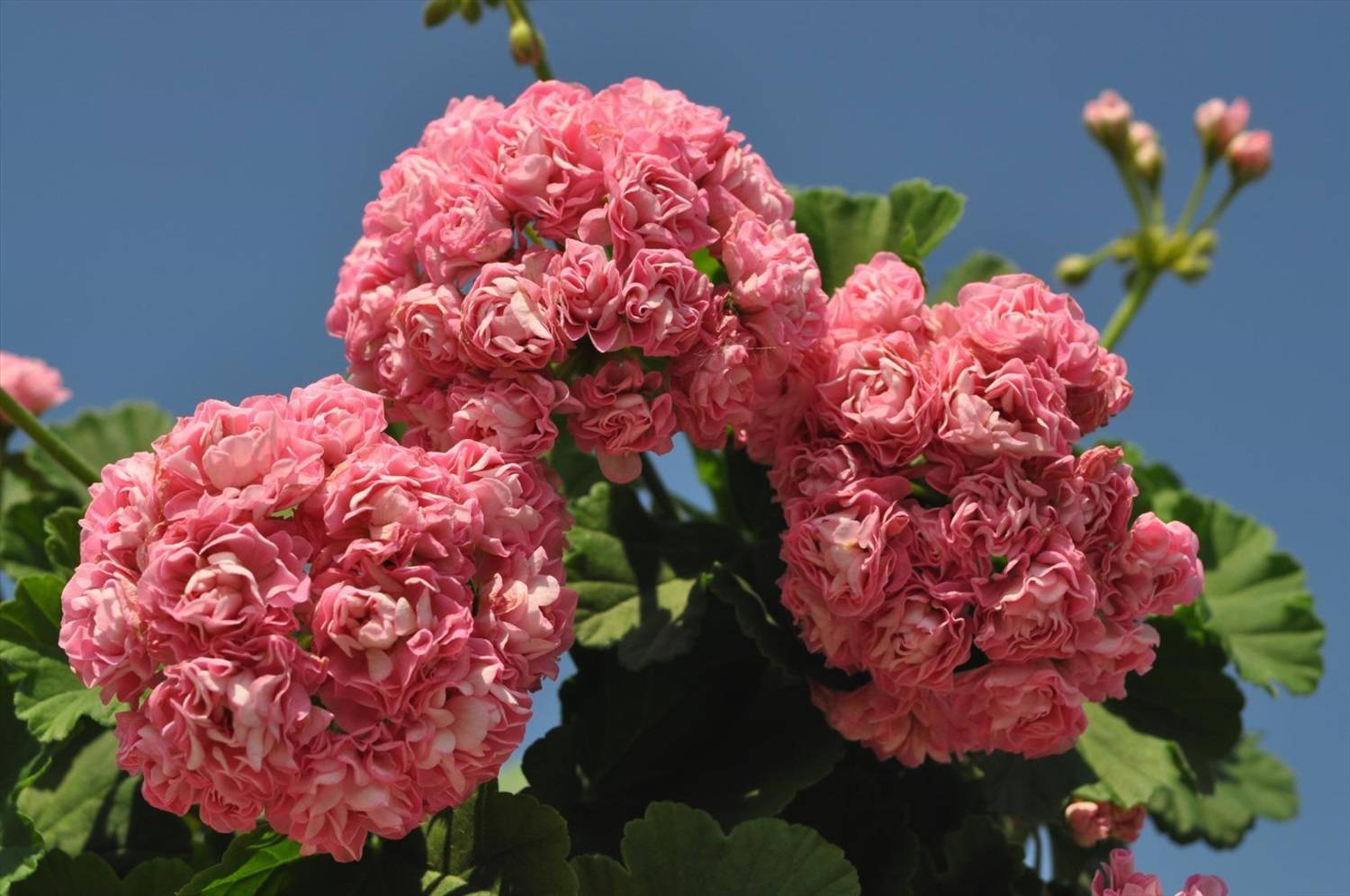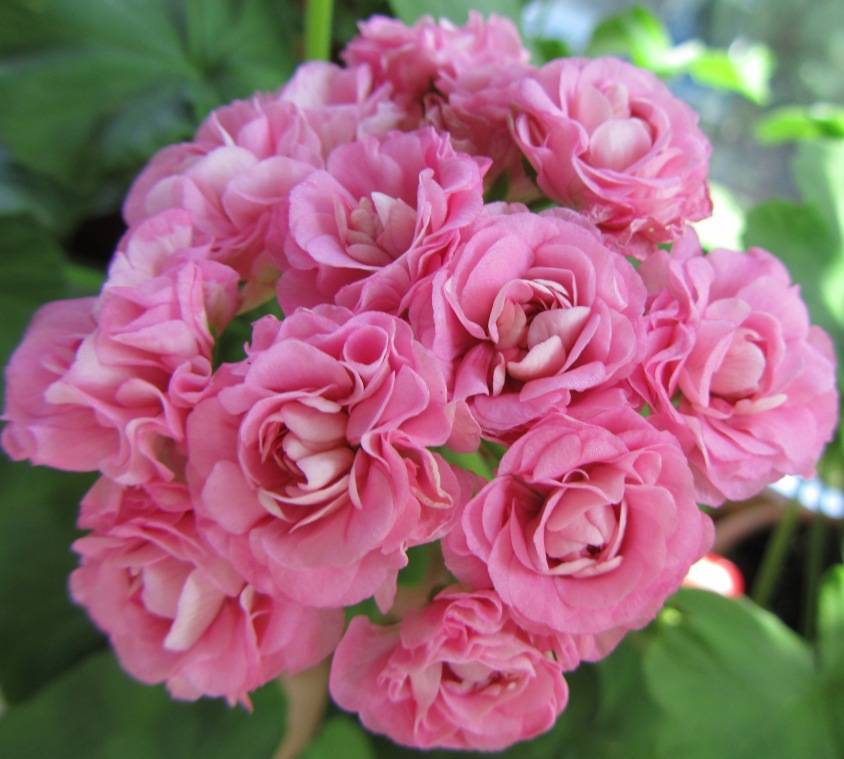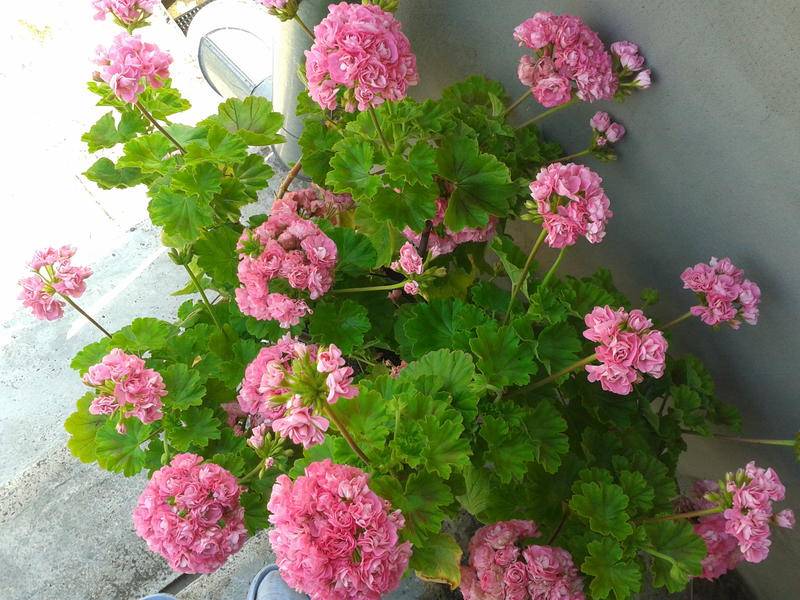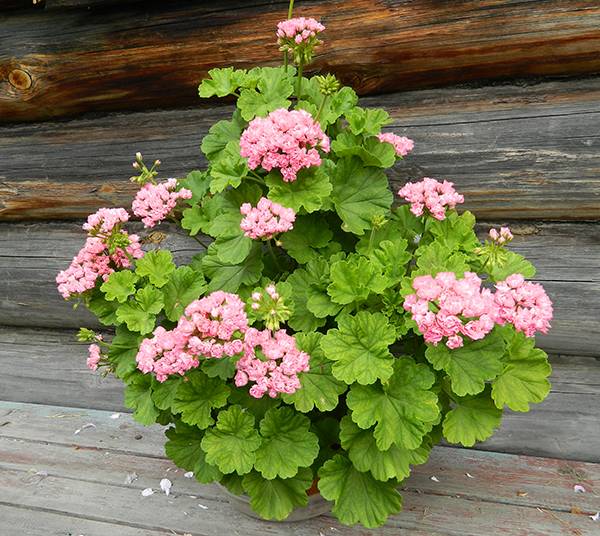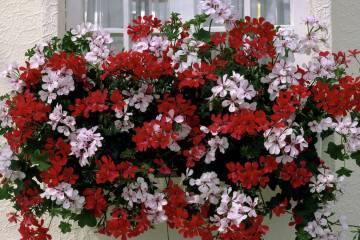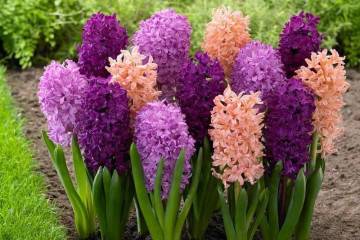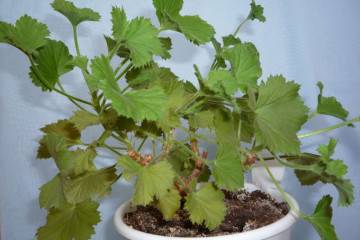Pelargonium Australian Pink Rosebud
Content:
Breeders have bred many varieties of pelargonium. This plant is unpretentious, it is bred by many growers. Pelargonium Australian pink rosebud fell in love with people because of its beautiful appearance. The plant does not require much labor and time, but it fully reveals its beauty with proper care and suitable conditions.
Pelargonium Swanland Pink (Australian Pink Rosebud) - what is this hybrid variety
Pelargonium Swanland Pink belongs to crops that can be easily grown at home or in the garden. The plant blooms all summer, but does not tolerate frost, so it must be dug up for the winter. In nature, you can find a similar culture in Africa. In Europe, the flower appeared only in the 17th century.
Brief description and history of origin
Pelargonium rosebud is very popular with many gardeners. The plant came to Russia from Australia. The crop selection was carried out purposefully. In 1827, botanist A. L. Smith crossed curly pelargonium and brilliant geranium. As a result, a new flower appeared - Pelargonium Australian Pink Rosebud.
The main feature of the plant is its large inflorescences with double flowers. Due to the huge number of flowers, the petals are often not able to fully open. The buds do not crumble for a long time. Up to 5 inflorescences are formed on one branch.
Pelargonium Australian is a small shrub, but powerful enough with a lot of side shoots. The leaves are dark green in color, dense and with a slight edge.
The petals on the flowers are pink in color, which is quite saturated. Because of him, the culture takes on a special similarity with rose bushes.
Plants are perennials that are unpretentious to the type of soil and water quality.
How to care for Australian Pink Rosebud at home
Despite the fact that Pelargonium Australian rosebud is considered an unpretentious plant, it still needs some care. Subject to the rules, the plant will develop well and will delight you with abundant flowering.
Illumination and temperature conditions
A similar variety of pelargonium tolerates moderate or warm temperatures well. Initially, the culture was bred in order to grow it at home or in greenhouses.
A comfortable temperature for Svanland pink pelargonium is at least 10 ° C. In the summer months, you can take the container with the plant to the street or balcony, but as soon as the cold snap begins, the culture is brought back into the heat.
Watering rules and humidity
Swanland pink geranium bushes love moderate watering.It is recommended not to allow the soil to dry out, but strong humidity will not benefit the culture. Irrigation water must be warm (thermophilic plant). Using cold water will cause the root system to ache and rot.
Make sure the topsoil is dry before watering. Waterlogging is fraught with the development of decay and increases the risk of damage to the flower by fungal diseases.
Top dressing and soil quality
Pelargonium rosebud prefers loose and nutritious soil. It is recommended to pay special attention to the acidity of the soil, you should choose a neutral one.
If you wish, you can make a suitable primer yourself. To do this, mix turf, peat and humus in a ratio of 4: 2: 2, respectively. Then add one part perlite and sand for loosening.
Top dressing accelerates growth and stimulates long and abundant flowering. It is better to start fertilizing in the spring. The feeding procedure is repeated once every 2-3 weeks.
To accelerate the growth of bushes, fertilizers with nitrogen are used, as a result, more leaves are formed on the shoots. As soon as the buds begin to appear, they switch to feeding with phosphorus and potassium. In this case, the inflorescences will be more lush and beautiful.
Flower container size
Initially, the Australian pelargonium pot is chosen small. However, with the next transplant, the capacity is taken in a larger volume. This is required so that the plant does not grow, but begins to bloom.
Pruning and replanting
The plant grows rather quickly and requires transplanting into another container. It is better to carry out the procedure in spring, while pelargonium is still at rest.
Before the onset of the winter period, pelargonium is transplanted into a pot and transferred to a warm room.
The lateral shoots of Australian pink pelargonium are often cut off. Such a procedure allows you to form a beautiful bush, stimulate the formation of new shoots and buds, get rid of damaged and diseased parts of the plant.
A lush bush can be obtained by pinching the tops of young shoots. In order for the culture to bloom profusely, the faded buds are removed.
Features of flowering plants
Pelargonium Australian pink, like any house plant, has periods of rest and activity.
A period of activity and rest
Flowering continues throughout the summer. From late September - early October to spring, the flower is dormant. At this time, the amount of watering is reduced. The main rest of the pelargonium lasts from November to February.
In the spring, with lengthening daylight hours, a gradual increase in new shoots and leaves occurs. During this period, it is allowed to start feeding and intensify care.
Types and shape of flowers
The flowers of the Pelargonium Australien pink rosebud consist of many pink petals. The buds are collected in inflorescences of several pieces.
Flower propagation by cuttings
It can be propagated in two ways - by cuttings or by seeds. Seed breeding is very rarely used, because the likelihood that the plant will retain its parental qualities is very small. Reproduction of a flower by cuttings is more often used. The procedure is carried out as follows:
- Choose a sturdy flower.
- Cut off a healthy shoot with at least 2 internodes (more allowed) and a length of at least 5 cm.
- The cuttings are left to dry for some time.
- Prepare the container and soil.
- Before planting, the cuttings are treated with special means.
- Shoots are placed in prepared holes in containers with soil, watered, and peat is compacted near the plant.
- Cups or pots are placed in a bright place, but so that direct sunlight does not fall on them.
Within a month and a half, the cuttings will take root. It is better to carry out the procedure in spring or early summer. When breeding in winter, additional lighting should be provided to the sprouts. After the roots appear, you can transplant the flowers to a permanent place.
Growing problems, diseases and pests
The main problems of Pelargonium Australians are fungal and bacterial diseases. The flower is exposed to different rot. When the roots and trunk decay, the top is cut off, placed in a glass of water to form a root system. The remaining plant just needs to be thrown away. It will not be possible to save him.
Pelargonium of this variety is affected by harmful insects. Whiteflies, ticks, and aphids are dangerous for the plant.
How to deal with them
It is necessary to fight diseases and parasites with the help of special means. Preventive treatment with fungicidal and antibacterial preparations is recommended.
Pelargonium Australian pink rosebud is a beautiful hybrid. He is liked by experienced and novice flower growers. The plant amazes with lush flowering, does not require special attention. With proper and high-quality care, it will delight you with its appearance and excellent growth.
